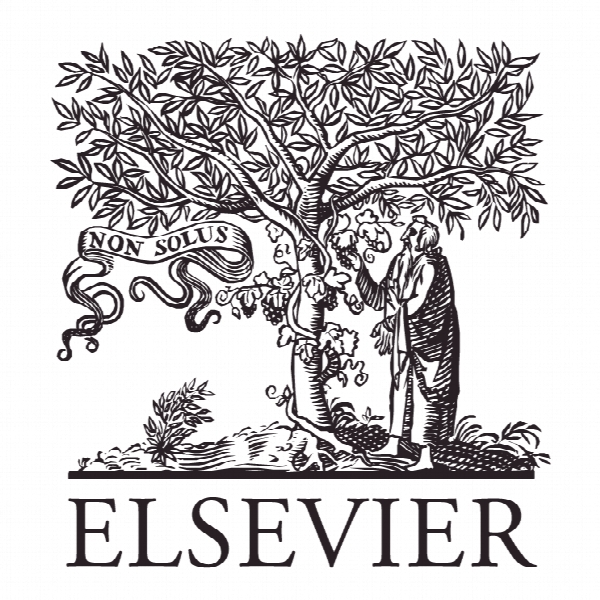فتیله پوششی جریان جوشان برای انتقال حرارت شدید Flow-boiling canopy wick for extreme heat transfer
- نوع فایل : کتاب
- زبان : انگلیسی
- ناشر : Elsevier
- چاپ و سال / کشور: 2018
توضیحات
رشته های مرتبط مهندسی مکانیک
گرایش های مرتبط مکانیک سیالات
مجله بین المللی گرما و انتقال جرم – International Journal of Heat and Mass Transfer
دانشگاه Department of Mechanical Engineering – University of Michigan – USA
شناسه دیجیتال – doi https://doi.org/10.1016/j.ijheatmasstransfer.2017.10.079
منتشر شده در نشریه الزویر
کلمات کلیدی انگلیسی Boiling metamedium, Boiling heat flux and conductance limits, Vapor venting, Two-phase flow stability
گرایش های مرتبط مکانیک سیالات
مجله بین المللی گرما و انتقال جرم – International Journal of Heat and Mass Transfer
دانشگاه Department of Mechanical Engineering – University of Michigan – USA
شناسه دیجیتال – doi https://doi.org/10.1016/j.ijheatmasstransfer.2017.10.079
منتشر شده در نشریه الزویر
کلمات کلیدی انگلیسی Boiling metamedium, Boiling heat flux and conductance limits, Vapor venting, Two-phase flow stability
Description
1. Introduction and flow-boiling canopy wick Boiling heat flux limit is governed by the supply of heat and liquid for evaporation, and removal of vapor (allowing for liquid irrigation), with the upper limit set by the maximum vapor flow rate predicted by the kinetic theory of gases. The surfaceconvection thermal-hydraulic limitations by boundary layers and liquid-vapor phase competition can be controlled using 3-D multiscale, unit-cell based boiling metamedium. The metamedium combines (a) high-effective-thermal-conductivity capillary monolayer for evaporation, (b) high-permeability liquid supply posts separating the liquid and vapor phases, and flows, and (c) uniquely designed liquid- and vapor-tracks – leading to record high heat flux and thermal conductance. Metamaterials are engineered (synthesized from multiple elements in repeating patterns) to provide properties not naturally available employing heterogeneities for effective macroscopic transport (e.g., multiscale functiondesigned porous media). While low thermal resistance has been observed for subcooled boiling, the saturated flow boiling, even at very large liquid speed (up to 10 m/s), has not yet been able to reach the low thermal resistance achieved with multidimensional wicks under saturation. Based a review of boiling in coated surface [1], here we introduce a multiscale 3-D flow-boiling canopy wick (FBCW) for achieving low thermal resistance and high critical heat flux (CHF) in boundarylayer flow boiling. The selection of flow conditions is to initially avoid the effect of the channel hydraulic diameter, although it should be mentioned that this wick has dimension of the order of millimeter, so it is suitable for multi-millimeter and larger channels (for thermal management and vapor production). The structure allows for film evaporation over a thin porous-layer coating called the monolayer, as shown in Fig. 1. The structure is periodic in two directions, and its simplest unit cell will contain four posts, a screenlayer (two or three layers) acting as roof with a centered perforation, and a thin porous layer making the floor of the canopy wick. While thin, this layer has an optimal combination of permeability and maximum capillary pressure to spread the liquid supplied through the high permeability posts. The aim is to create and maintain a vapor space for steady and uniform film evaporation, while allowing for liquid supply and vapor escape.


